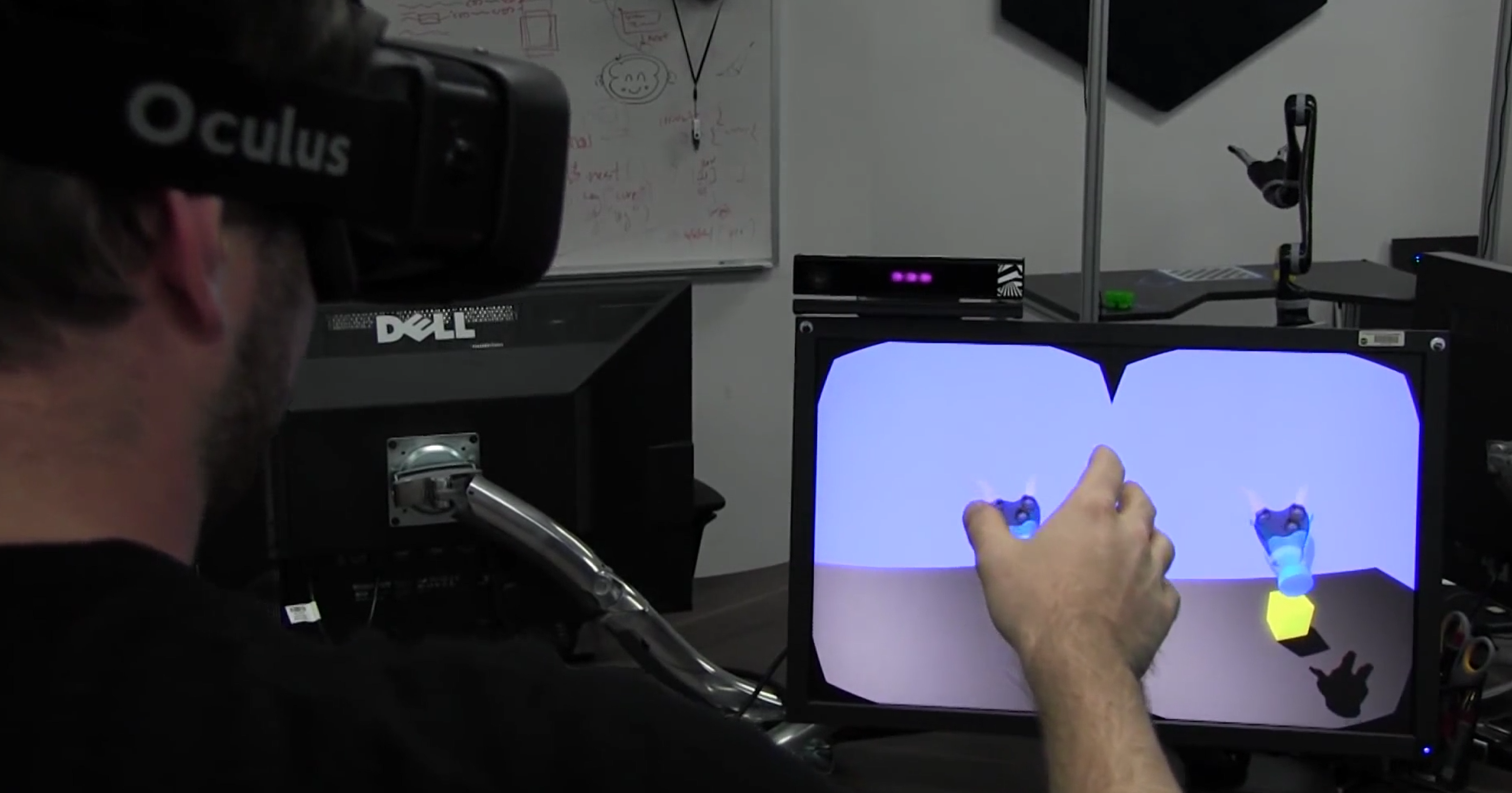NASA uses Microsoft's Kinect 2 and Oculus Rift to control space robots

What could be cooler than robots in space? How about technology that could lead to space robots being controlled via an Oculus Rift and Microsoft’s Kinect 2 technology? NASA’s Jet Propulsion Laboratory is planning to do just that and they have a demo to show off.
The United States’ Space agency, NASA (Nation Aeronautics and Space Administration), has been trying to find a way to control their million dollar robots via modern day natural interface devices. The hunt itself has led NASA to test out devices such as Leap Motion, Microsoft’s Kinect, Oculus Rift, and more.
The agency received a development kit for Kinect 2 in late November and decided to pair the controller with an Oculus Rift headset for a true immersive experience. Engineers have quoted the setup as “the most immersive interface” they have yet to build.
The original Kinect was a great start, but the latest generation Kinect 2, that was launched alongside the Xbox One, provides improved accuracy and the ability to detect finger and wrist positions. Human Interfaces Engineer, Victor Luo, stated that the new technology “allowed [NASA] to track open and closed states, and the rotation of the wrist” and as such, the team was able to “better manipulate the arm”.
In a video released by NASA, we watch an engineer using the Oculus Rift and Kinect 2 to control a robotic arm in the far corner of the room. Using the technology, he naturally guides the robotic arm to pick up a plastic block.
The goal of the project is to eventually be able to control entire robotic systems aboard the International Space Station, such as NASA’s Robonaut 2. “Imagine…” says, Luo “how inspirational it would be for a 7-year old to control a space robot with the tools h’s already familiar with!”
Alright readers, who is ready to control space robots with their Kinect? ;)
Get the Windows Central Newsletter
All the latest news, reviews, and guides for Windows and Xbox diehards.
